DISCLAIMER: In Fall, brown and brook trout spawn. While not illegal in most of the country, it is highly unethical to fish to spawning trout. Please know how to identify spawning beds, known as redds, and do not fish to trout that are spawning. You wouldn’t want someone to stick a hook in your face in your most intimate moment, would you?
The seasons are starting to change here in the southwest. The nights are getting cooler, and the aspens are starting to show the slightest tinge of yellow in the mountains. While most residents of our part of the country begin focusing on hunting or preparing for ski season this time of year, the dedicated fly angler knows that something spectacular is about to happen. With the changing of the seasons and the cooling of the waters, trout will eat as much as they can to fatten up to survive the winter. Regardless of if you prefer to fish dries, nymphs, or streamers, you will undoubtedly find a trout willing to eat a well-presented fly in the coming months. Now is the time for fall fly fishing in Southwest Colorado! I will break down some of the most productive methods to catch fish and the waters where these methods will work best.
STREAMERS
Most of our bigger rivers in Southwestern Colorado have significant populations of Mottled Sculpin. Sculpin are big, protein-rich food sources for trout and move awkwardly across the river bottom, making them easy prey. Out of all of our rivers in the area, the Animas River right here in Durango has one of the most significant sculpin populations. Historically the Animas River was one of the best trophy trout rivers in the state of Colorado, and the huge sculpin presence was the main factor in growing big trout. The Animas has seen a fair share of trauma over the last few years, but the good news is that recent stream surveys have shown that the population of sculpin has significantly increased since the die-off due to the 416 Fire runoff . Another great river for fall streamer fishing is the Piedra River. The Piedra also has a large sculpin population and is home to lots of trout that are willing to take a streamer.
Some of my personal favorite sculpin patterns are the Sparkle Minnow in a sculpin color, an Olive or Tan Sculpinator, Olive or Sunrise color Sculpzilla, and the olive El Sculpito. These flies are best fished in sizes between #4 and #8. Considering that most of the southwest is in a significant drought, most of our rivers are fairly low by this time of year. As such, streamers should be fished on a floating line with a slip sinker style bullet weight if needed to get deep. I find both swinging and stripping streamers to be effective during this time. I prefer to swing flies on the Animas and strip them on the Piedra as it is a smaller drainage. Look for fish in the heads of deeper pools or sitting in front or behind boulders waiting to ambush prey. Trout tend to take well-presented streamers fairly aggressively, and a good strip set, as opposed to the more common lifting trout set, is the way to go to ensure you get a firm hookset on a streamer eater. Streamer fishing is extremely addictive, and at Duranglers we often get customers who “only fish meat, brah”. It can be a very effective and fun way to fish, but there are also other very effective methods to fish through the fall, like…
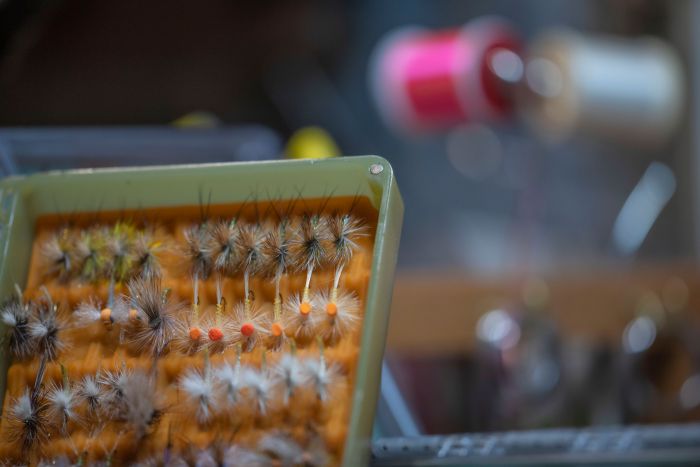
DRY FLIES
In the fall we start to see big hatches of smaller bugs. Midges, Baetis, Tricos, and Psuedocleons are found in abundance. Starting in September with the tricos and psuedocleons, and continuing through the rest of the season and into winter with midges and baetis, Fall can be a dry fly lover’s dream for those who aren’t afraid to fish small bugs on light tippet. Two of my favorite fall dry fly rivers are once again, the Animas right here through town and the Dolores river above Mcphee Reservoir. The Animas has an abundance of midges and small mayflies, as well as an abundance of fish willing to look towards the surface through autumn. Through the early parts of the Fall, a larger hopper pattern with a small drowned trico or baetis nymph can be deadly. Moving deeper into fall, more baetis and midges start to show up and fish will look to sip individual insects off the surface. Think of fishing bugs between #18-#26 depending on what is hatching. The Dolores is very similar in regards to what flies to use. One thing I have noticed on the Dolores is that the fish seem a little pickier. Even though you might see a ton of big hoppers walking to the river, if there is a significant enough hatch of small dry flies, the fish will key in on them and will refuse any fly that doesn’t look like their desired prey. One thing to note when determining what small bugs are hatching is that tricos and psuedocleons prefer to hatch on bright, sunny days, while baetis mayflies prefer cloudy and overcast weather to hatch. Midges will pretty much come off under any circumstances so when in doubt, throw a midge!
Some of my favorite patterns for fall dries are perfect wing spinners or hi-vis spinners for tricos, extended body BWO or Film Critics for psuedocleons and baetis (these bugs look very similar but psuedocleons are on average smaller mayflies, often found around #26), and Griffith’s Gnats or Sproat Midges for midge dries. One thing that everyone will encounter when fishing tiny dry flies is that they are just plain hard to see. Even anglers with 20/20 vision will inevitably lose track of a #24 dry fly when fishing. One thing most anglers do in this situation is to use a “crutch” fly, which is essentially just fishing 2 dry flies in tandem with a bigger dry fly in front to be more easily visible. Personally, I prefer to use a white palsa pinch on indicator set 12”-14” in front of my dry fly. I find this setup much easier to cast than a tandem dry fly rig as well making the cast land a little softer than fishing a big, bushy dry fly as a crutch. In my mind the white pinch on indicator could also be seen by trout as a small patch of foam and not a bug that they know is not supposed to be on the water. I have not reached out to any trout to get their side of the story though, so my hypothesis on this remains unproven. Dry fly fishing is my personal favorite way to stalk trout during these months, but for those who prefer to fish the juvenile forms of these bugs, let’s move on to our next section.
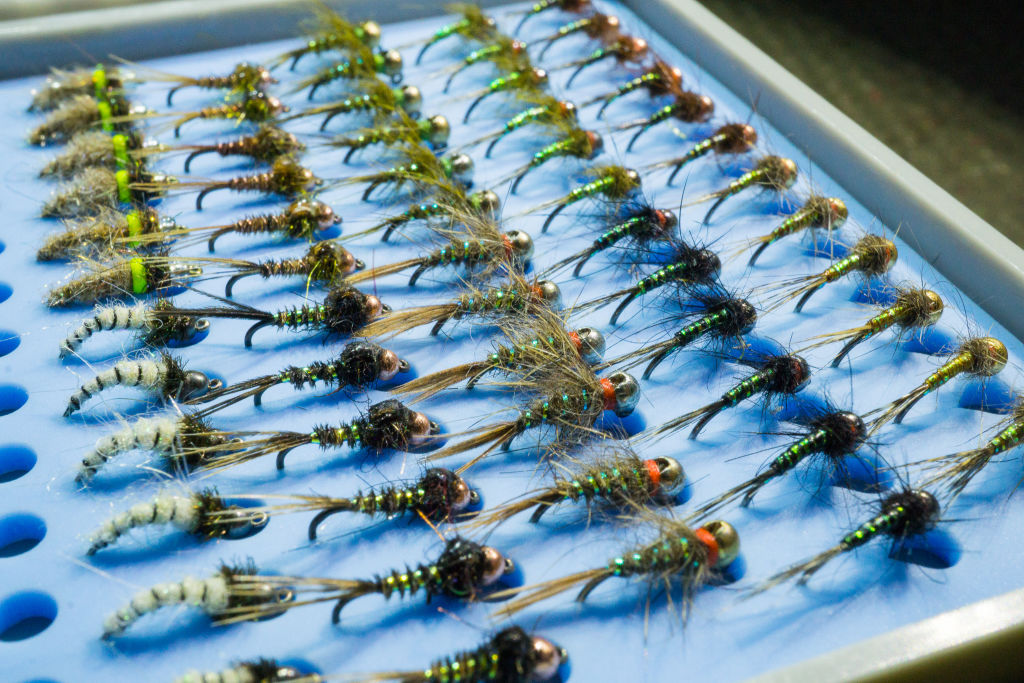
NYMPHS
While most anglers think of streamers or dry flies during the fall months, it is worth noting that 90% of trout feed primarily on insects and 90% of those trout’s diet consists of subsurface feeding on aquatic insect larvae. Nymphing can be deadly effective at any time of year, but especially during the fall when fish are trying to fatten up for winter. While nymphing can be effective on any waters in our area, I find the Piedra and the Dolores above the Reservoir to be the best fit for it. Both of these rivers have an abundant and species diverse biomass when it comes to aquatic insects, and you will find insects hatching throughout most of the year. Apart from the large biomass, both of these rivers hold a healthy population of stoneflies of multiple different species. Stoneflies themselves hatch in early summer, but they often take between 2 and 3 years to pupate into adulthood. This means that even though there are no stoneflies hatching through the fall, the nymphs are still present in the river system and fish will be more than happy to eat them. Along with the stonefly nymphs that are moving around, the larval form of all the bugs mentioned in the above section on dry flies are present and hatching as well. Baetis nymphs, emergers, and midges are also on the menu for trout feeding subsurface. Bigger fish often sit at the bottom of deep pools this time of year, so don’t be afraid to nymph deep with weight and a big indicator.
There are a number of flies that work well to imitate the nymph versions of all these bugs. If you fish the San Juan below Navajo Dam frequently then you probably have a great selection of midge nymphs already. For those that don’t already have a good assortment of midges, look for larva in cream and root beer colors and pupa in black and brown. For Baetis nymphs, I like to fish an Olive Killer Mayfly, a split-back Baetis nymph, Juan Ramirez’s Sniper Baetis, and the classic Jujubaetis. For emergers, I like to fish an Rs2 in a grey or brown, either CDC of foam wing should work just fine. For stonefly nymphs it’s hard to beat a good old Pat’s rubber leg stone. 20 Inchers and Epoxy Biot Stones in golden and black are also good patterns to have. Midges should be fished in sizes between #18-#24, baetis between #18-#22, and stoneflies can be fished from a #16 up to a #8 with relative success.
With so much great fishing to offer, it sometimes may be a shock to roll up to the river and find that you have free reign to fish your desired hole. Take advantage of Durangotang’s love of all things outdoors and capitalize on the changing focus of most locals away from fishing to have some great and relatively isolated days on the water. As always, we here at Duranglers are here to point you in the right direction on where to catch fish and get you all the right bugs you’ll need, regardless of if you’d prefer to fish streamers, dries, or nymphs.


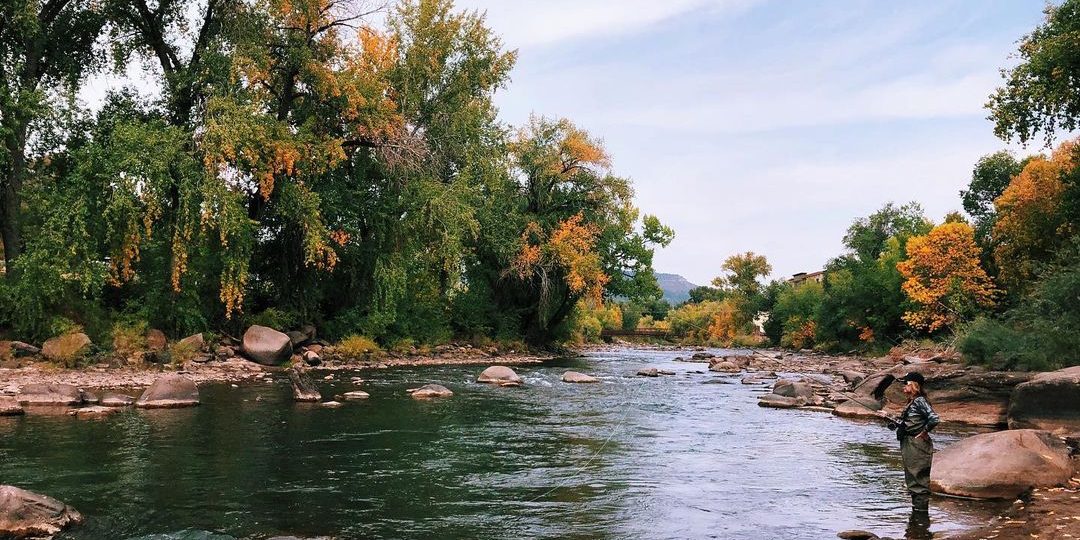

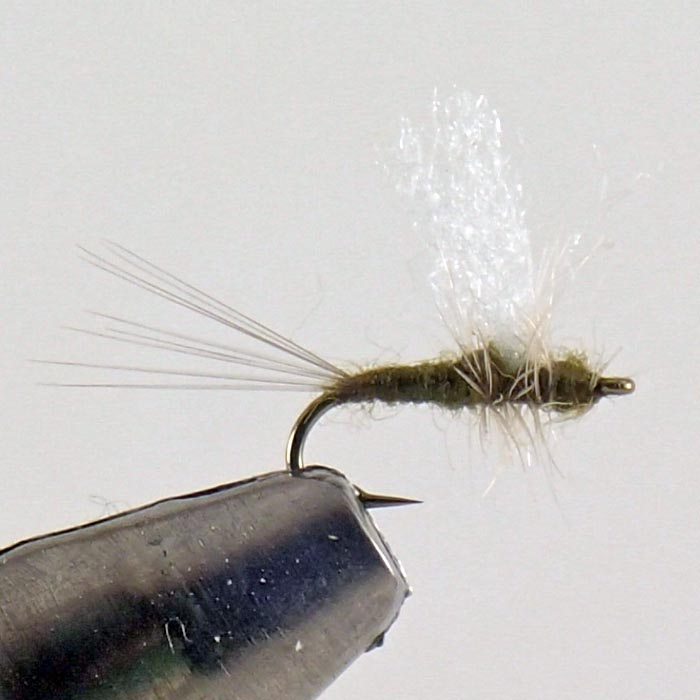
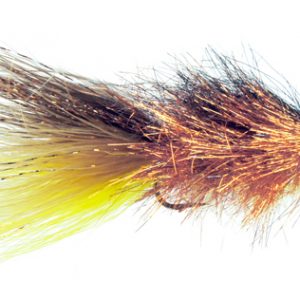

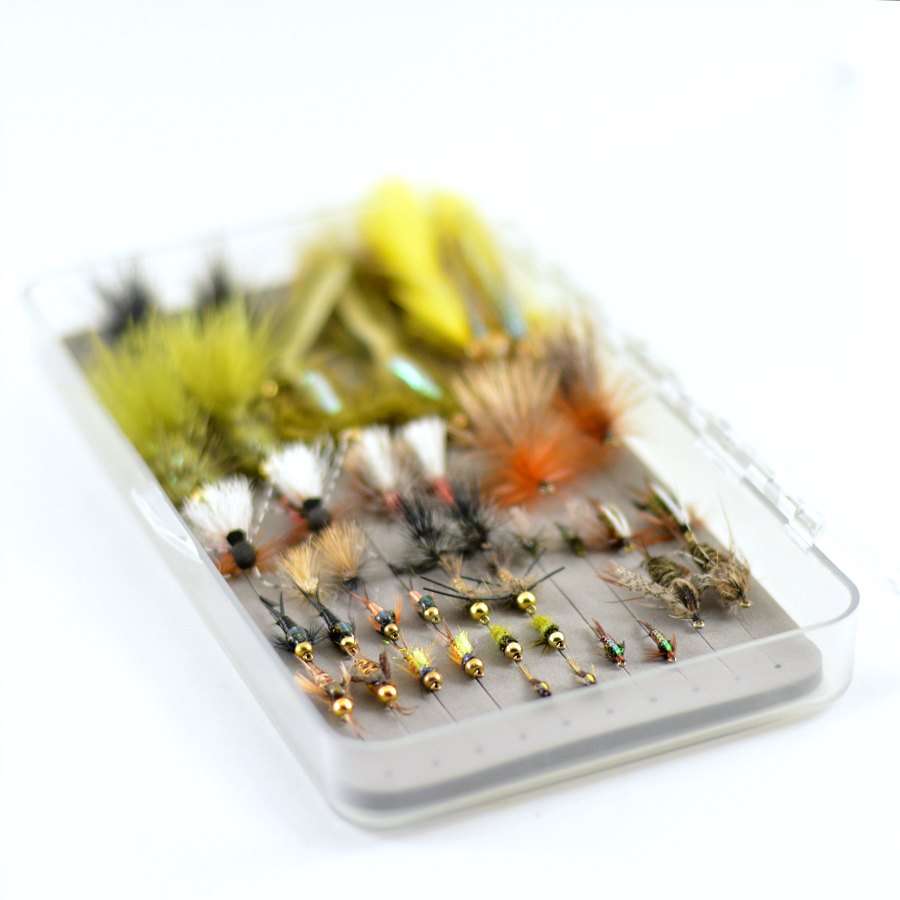
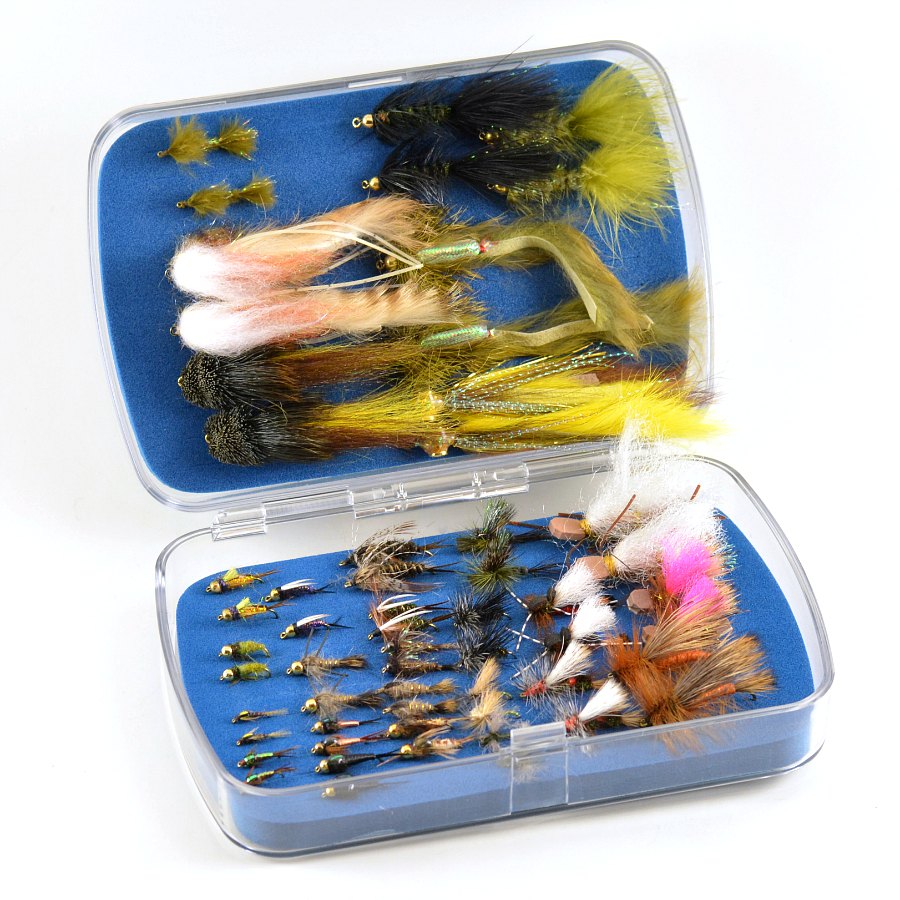
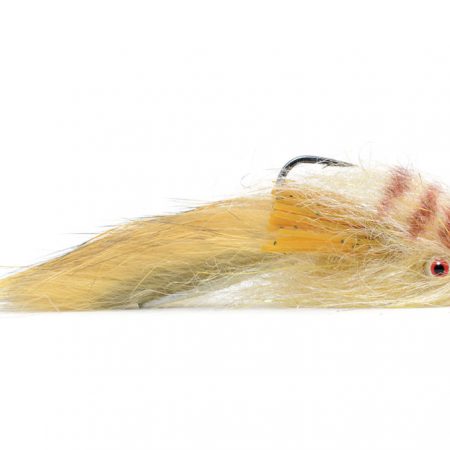
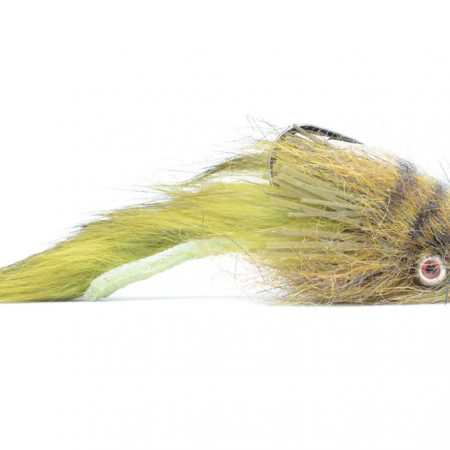
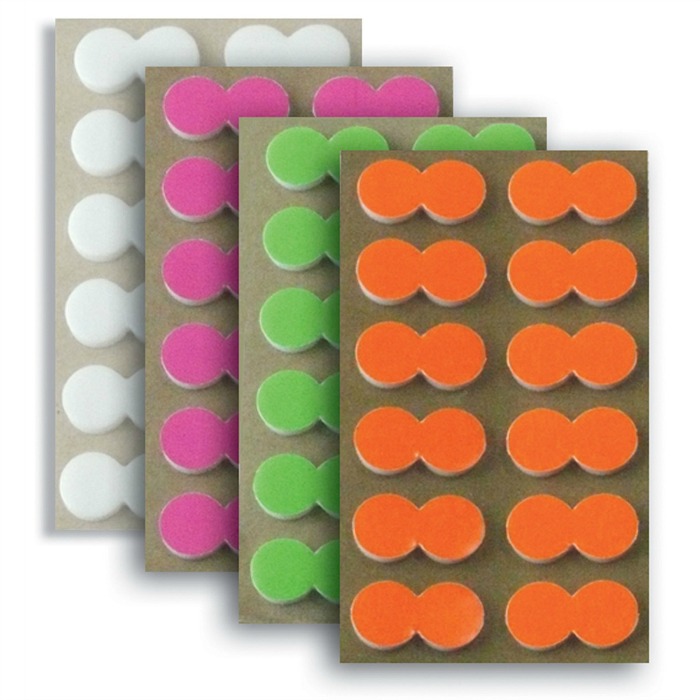
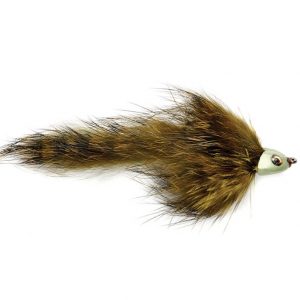
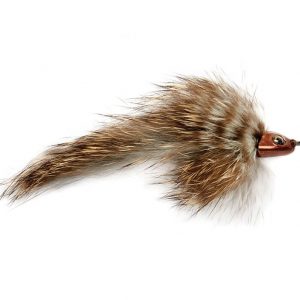









Fishing is definitely a fun and incredible experience.
Big fishing, much excite. Big funtimes. Stay real.